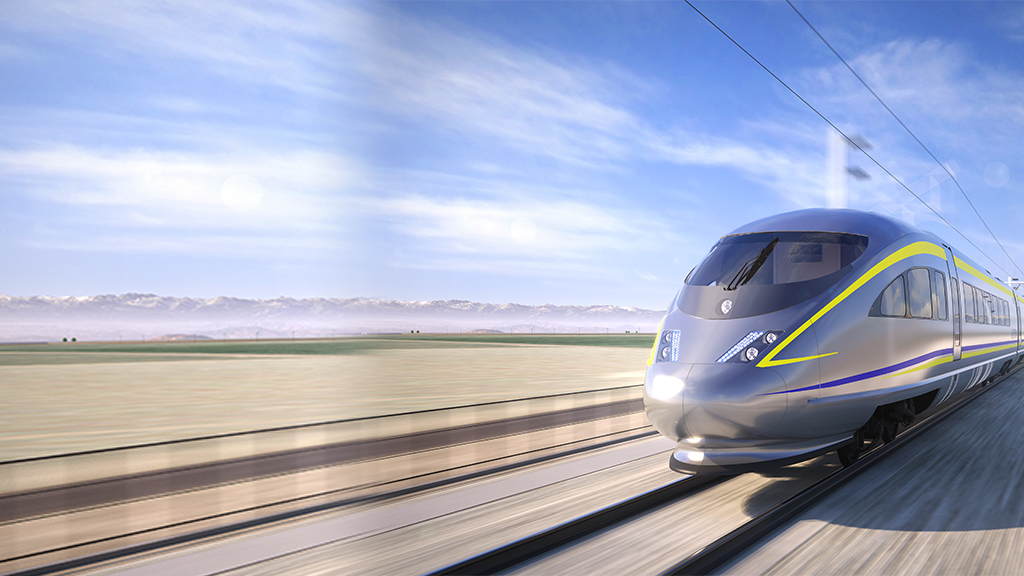Newsletter Sign Up
Stay updated on news, articles and information for the rail industry
Stay updated on news, articles and information for the rail industry
RAIL EMPLOYMENT & NOTICES
Rail News Home
Rail Industry Trends
Rail News: Rail Industry Trends
3/17/2010
Rail News: Rail Industry Trends
Canadian transportation safety agency issues nine-item 'watchlist'
advertisement
Yesterday, Canada’s Transportation Safety Board (TSB) released a watchlist citing nine lingering transportation safety issues.
The list includes two rail safety concerns: the frequency of passenger train and vehicle collisions at grade crossings, and inappropriate handling and marshalling of long, heavy trains.
On average, one crossing collision occurs every two weeks, according to the TSB, an independent agency that investigates rail, marine, air and pipeline accidents. Following the investigation of a 2008 collision between a passenger train and an immobilized tractor-trailer, the board called for clearer warning signs at steep crossings. New information from safety assessments also will help reduce collision risks, TSB members believe.
“Transport Canada and the railways must conduct safety assessments to identify high-risk crossings along busy passenger train routes and make the necessary safety improvements,” board members wrote in a watchlist rail fact sheet.
In terms of long and heavy trains, the TSB has investigated at least 12 derailments since 2000 that were caused, in part, by in-train forces, according to the board. Because train lengths and weights continue to increase, in-train forces are becoming more of a contributing factor to accidents, TSB members believe.
Following the 2007 derailment of a freight train near Cobourg, Ontario, the TSB expressed concerns that effective train configuration and braking measures had not been taken to reduce derailment risks.
“Railways need to take further steps to ensure the appropriate handling and marshalling of longer, heavier trains,” TSB members wrote in a watchlist rail fact sheet. “Detailed risk assessments are required whenever operating practices change.”
The list includes two rail safety concerns: the frequency of passenger train and vehicle collisions at grade crossings, and inappropriate handling and marshalling of long, heavy trains.
On average, one crossing collision occurs every two weeks, according to the TSB, an independent agency that investigates rail, marine, air and pipeline accidents. Following the investigation of a 2008 collision between a passenger train and an immobilized tractor-trailer, the board called for clearer warning signs at steep crossings. New information from safety assessments also will help reduce collision risks, TSB members believe.
“Transport Canada and the railways must conduct safety assessments to identify high-risk crossings along busy passenger train routes and make the necessary safety improvements,” board members wrote in a watchlist rail fact sheet.
In terms of long and heavy trains, the TSB has investigated at least 12 derailments since 2000 that were caused, in part, by in-train forces, according to the board. Because train lengths and weights continue to increase, in-train forces are becoming more of a contributing factor to accidents, TSB members believe.
Following the 2007 derailment of a freight train near Cobourg, Ontario, the TSB expressed concerns that effective train configuration and braking measures had not been taken to reduce derailment risks.
“Railways need to take further steps to ensure the appropriate handling and marshalling of longer, heavier trains,” TSB members wrote in a watchlist rail fact sheet. “Detailed risk assessments are required whenever operating practices change.”


 2025 MOW Spending Report: Passenger-rail programs
2025 MOW Spending Report: Passenger-rail programs
 Gardner steps down as Amtrak CEO
Gardner steps down as Amtrak CEO
 Guest comment: Oliver Wyman’s David Hunt
Guest comment: Oliver Wyman’s David Hunt
 Women of Influence in Rail eBook
Women of Influence in Rail eBook
 railPrime
railPrime







